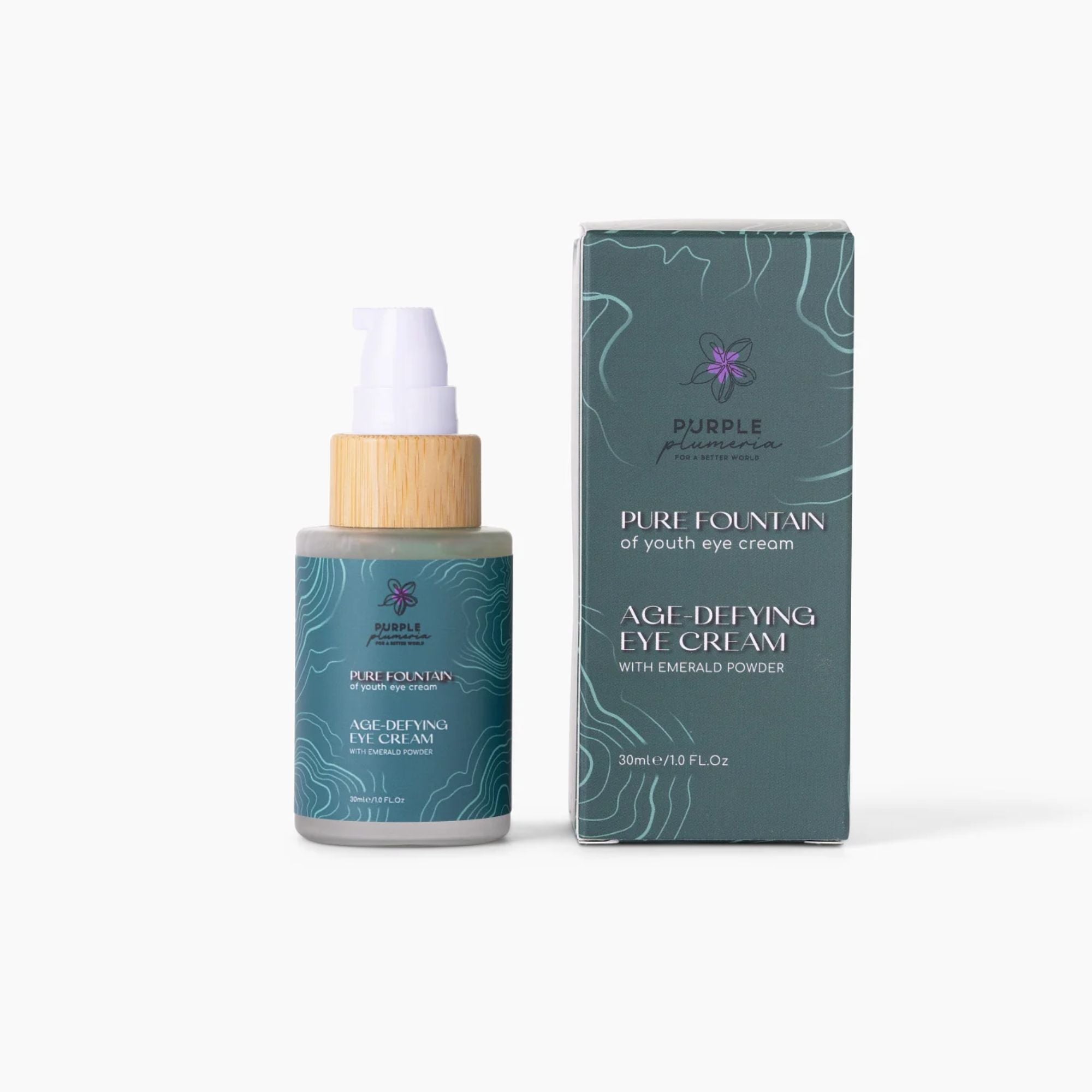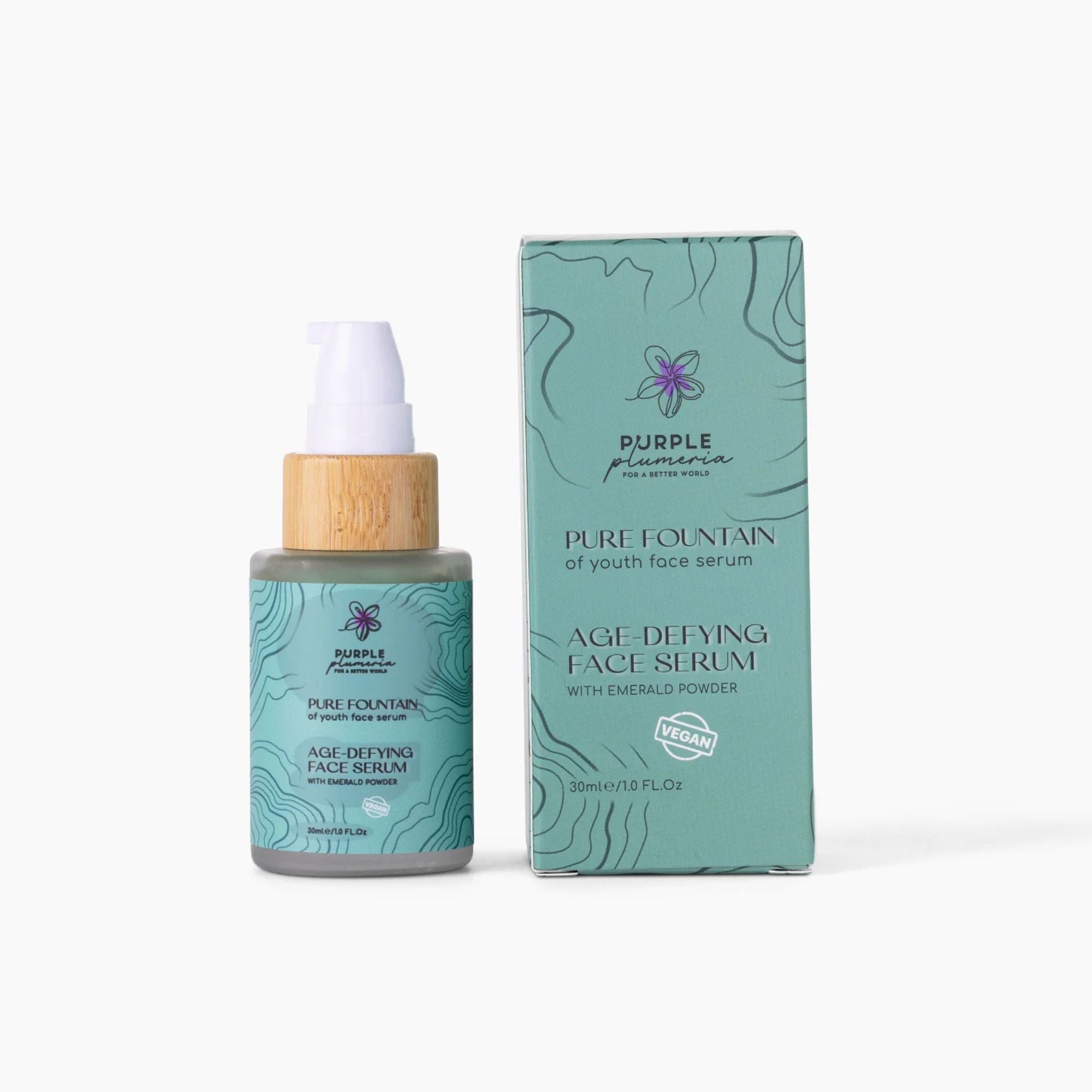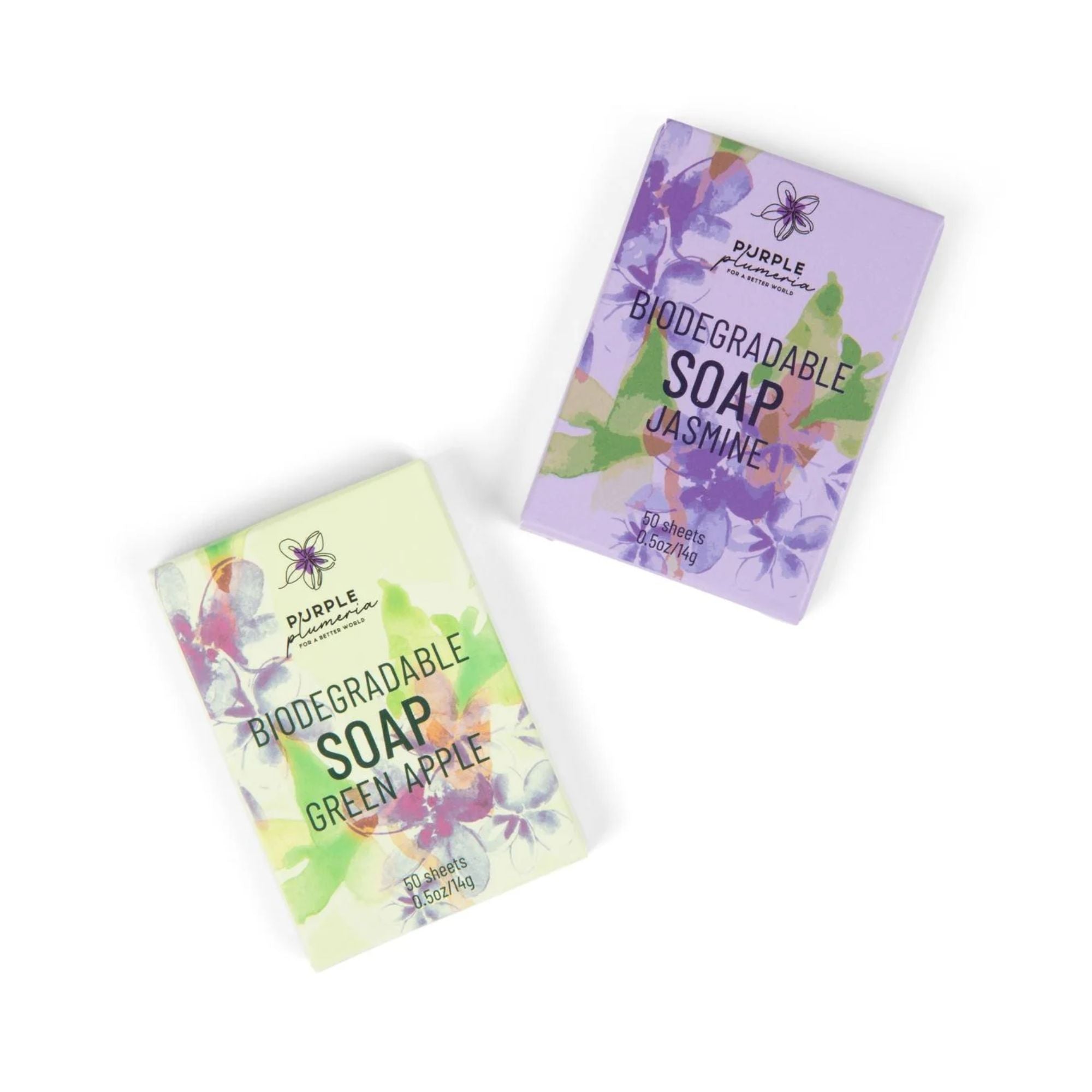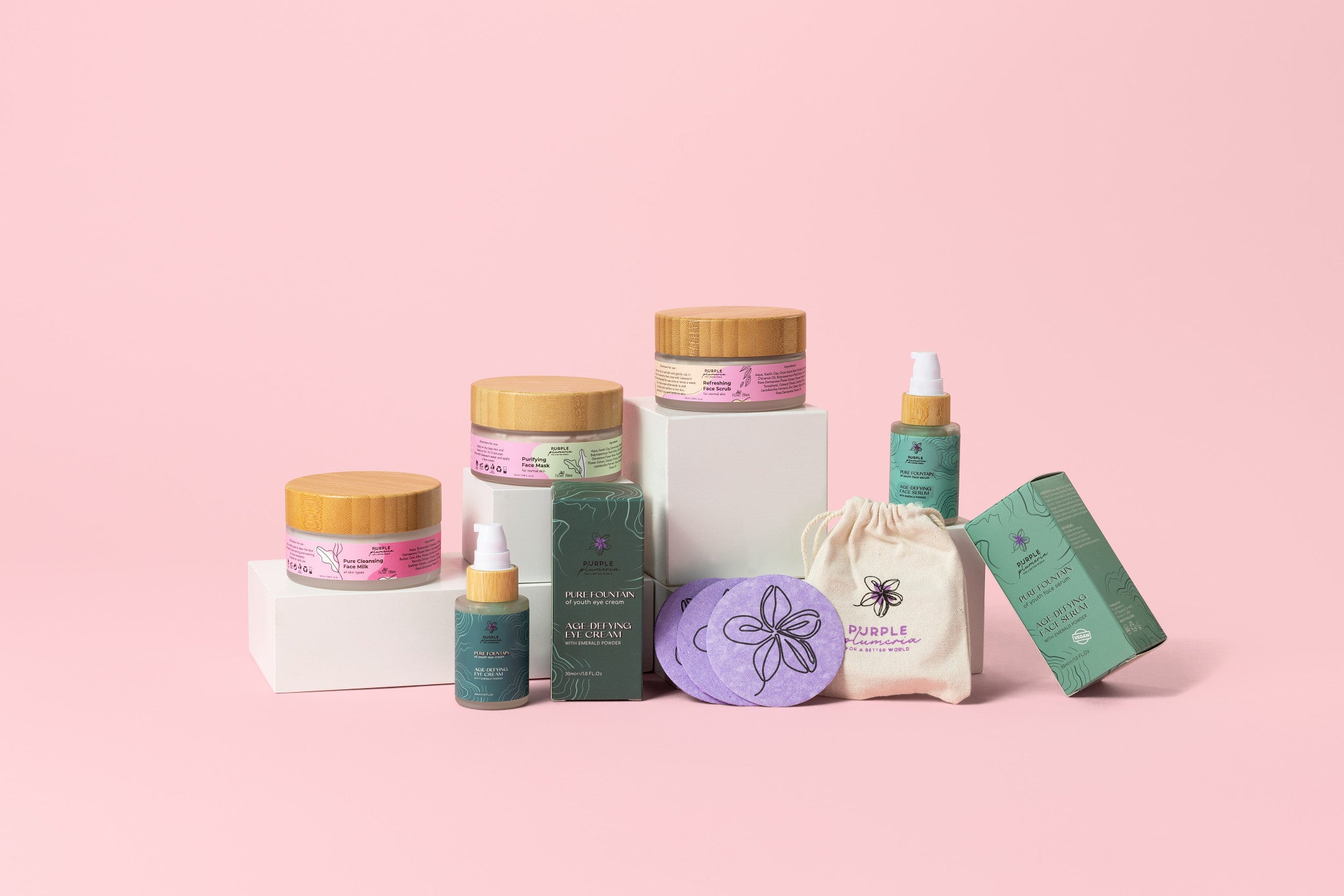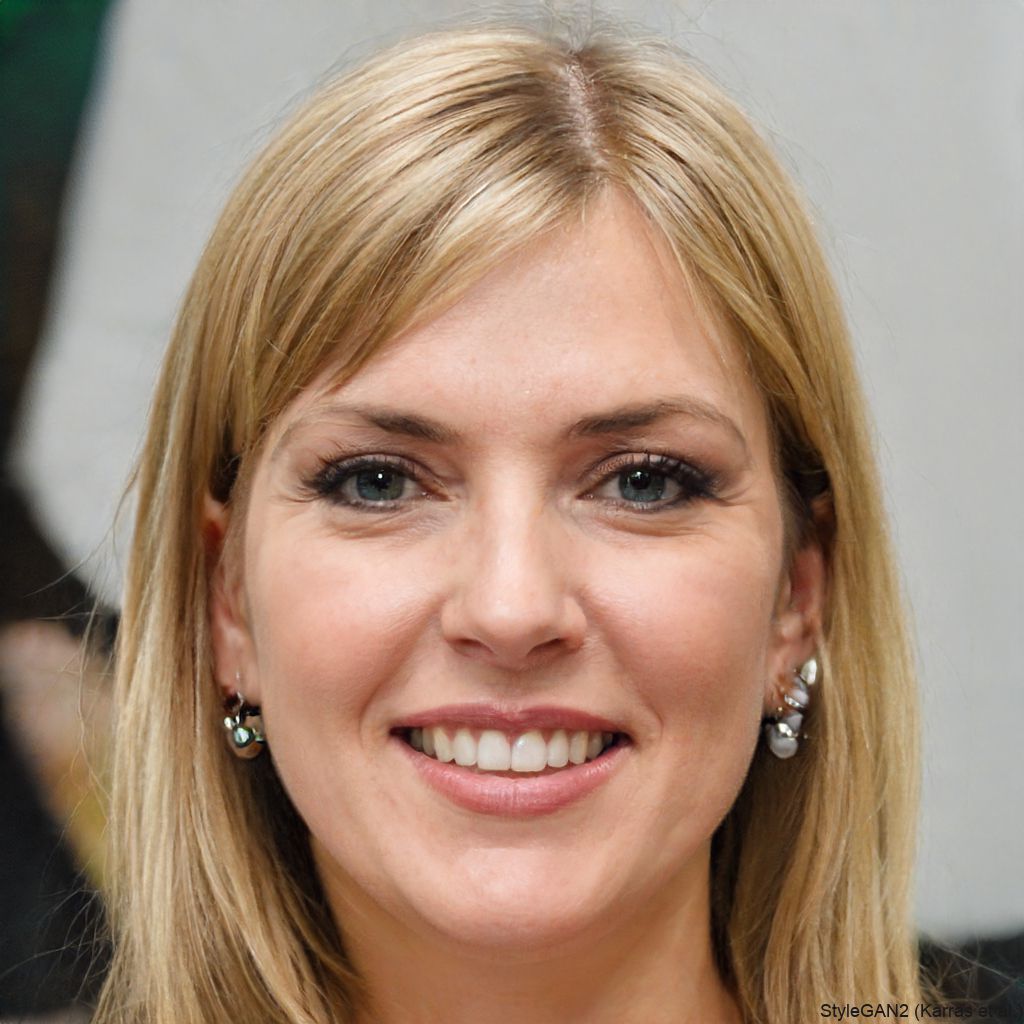Everywhere you turn, brands are shouting about how “green,” “clean,” or “natural” they are. It sounds great—until you realize not all of them actually walk the talk. A lot of what we see today is just smart marketing dressed up in eco-friendly language.
Knowing how to spot greenwashing isn’t just about calling out shady brands—it’s about protecting your choices and supporting businesses that are truly doing better.
Let’s break down the smoke and mirrors so you can shop smarter and greener with confidence.
The Comfort of Buzzwords: Why They’re Not Enough
“Eco-conscious.” “Non-toxic.” “Earth-friendly.” These phrases pop up all the time, and they sound amazing. But here’s the catch—they’re often vague and unregulated.
Brands use this type of language to create a warm, fuzzy feeling, hoping you won’t dig any deeper. And if you’re not paying close attention, it works.
Take a step back next time you see these words. Ask yourselves: What exactly are they claiming? Is there any backup info—like a detailed explanation, a certification, or a measurable goal? If the answer is no, that’s a red flag.
The Packaging Game: Pretty Doesn’t Equal Planet-Friendly
Have you ever picked up a product simply because it looked sustainable? You’re not alone. Green labels, kraft paper, and leafy graphics instantly scream “natural,” but they often say nothing about what’s inside or how the product was made.
Design tricks work fast on our brains. So, before you toss something into your cart based on appearances, flip the package over.
Is the ingredient list transparent? Is the packaging actually recyclable or compostable, or does it just look the part? Don’t let good design distract you from doing a little homework.
Empty Promises: When Brands Avoid Real Numbers
When a company is really doing the work, they’re not shy about showing it. They’ll tell you how much water they save, how they cut emissions, or where their ingredients are sourced. And they’ll back it all up with numbers.
But greenwashing brands? They avoid the specifics. You’ll see claims like “now with less plastic” or “environmentally improved” without any proof to support them. That’s a major sign they might be more concerned with image than impact.
Labels That Lie: The Certification Confusion
This one’s tricky. Some products come with labels or stamps that look official but mean absolutely nothing. That’s because anyone can design a pretty logo and slap it on a bottle. Scary, right?
Real certifications—like USDA Organic, Leaping Bunny, or Fair Trade—go through strict processes. They mean something. So if you see a seal you don’t recognize, take a second to check if it’s legitimate.
Selective Storytelling: One Good Deed Doesn’t Make a Brand Clean
Here’s a classic trick: a brand highlights one “green” aspect of their product while hiding the bigger picture.
Maybe their bottle is made of recycled plastic, but the product inside is full of harsh chemicals. Or maybe they support ocean cleanup projects but have zero transparency about their labor practices.
That’s why it’s important to look at the brand as a whole. What do they stand for beyond the shiny claims? Do they publish sustainability reports? Do they address ethical sourcing, waste, and carbon impact—or just the easiest thing to market?
This is where learning how to spot greenwashing becomes especially powerful. You start seeing through the selective storytelling and focusing on the full picture.
Social Media and Sponsored Hype: Where Greenwashing Thrives
Let’s talk about how brands use influencers and sponsored content. A lot of companies partner with popular creators to promote their “eco-friendly” products—but that doesn’t always mean the product is legit. Sometimes it’s all about aesthetics and catchy hashtags.
When a brand’s sustainable message lives mostly on Instagram but their website is vague and empty of facts, that’s a clue.
Sustainability isn’t just a vibe—it needs to be backed by action. Look beyond the feed. What are they really doing, day to day?
Know the Signs: Spot Greenwashing Like a Pro
Here’s where you take your power back. Start with a quick checklist the next time you’re shopping:
-
Does the brand provide specific, measurable sustainability goals?
-
Are there real certifications from trusted organizations?
-
Is the language clear and backed up with facts, not fluff?
-
Can you find information about the company’s overall impact, not just one product?
Also, lean on tools that do some of the work for you. Websites like EWG, B Corp directories, or apps like Good On You (for fashion) are great for checking claims.
When in doubt, research the parent company. A small brand may look clean, but the corporation behind it might tell a different story.
Make the Shift: Choose Brands That Walk the Talk
There’s something incredibly empowering about moving your money away from companies that manipulate you, and toward those that earn your trust.
Look for businesses that are open about where their materials come from, how their workers are treated, and how they handle waste or emissions.
You’ll often find that smaller, independently owned brands lead the way in honesty and innovation. They may not be perfect, but they’re usually real about where they are and where they want to go.
If you’re starting small, try swapping out everyday staples with eco-friendly bath and kitchen essentials—simple changes that make a real difference.
Build your own standards. Look for transparency, real accountability, and consistency—not just trendy labels or recycled fonts.
The Bottom Line: Be Skeptical, Stay Hopeful
At the end of the day, learning how to spot greenwashing helps you make clearer, more intentional choices.
It's not about being perfect, but about being awake to what brands are really doing.
Yes, there are a lot of companies out there trying to take advantage of your good intentions. But there are also plenty of eco-friendly businesses working hard to make real change. Your job? Know the difference.
Choose wisely. And never underestimate the power of your own awareness.
Ready to Support Real Sustainability?
At Purple Plumeria, we keep things simple, honest, and kind to your skin, home, and the planet. We believe transparency is the foundation of trust, and we’re proud to keep our process as natural and straightforward as possible.
Take a look at our collections and see how self-care can be sustainable, beautiful, and real—no greenwashing required.
